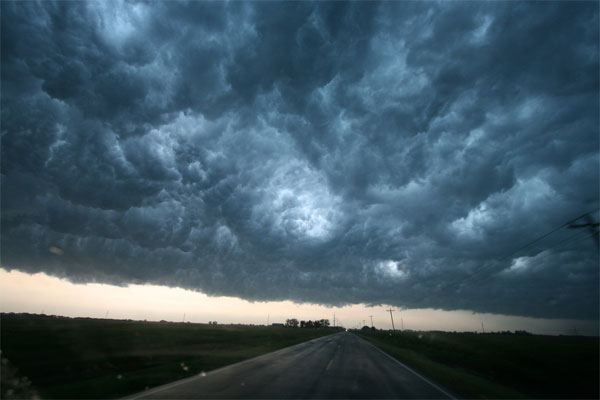Understanding extreme weather in an era of climate change
Ars Technica » Scientific Method 2013-02-22
The US has clearly seen some pretty extreme weather events over the last year. These events have caused both billions of dollars in property damage and endless arguments over how much can be attributed to climate change. Even as scientists work on the problem of attribution, the public has often made up its mind on what's to blame.
To try to bring some sanity to the discussion, the meeting of the American Association for the Advancement of Science hosted a session on US weather extremes. Although there were a variety of talks, three presentations nicely captured the challenges: one on the state of the US climate, another on a recent climate event, and a third on trying to convey all of this to the public.
Turning up the heat
The first speaker was Donald Wuebbles of the University of Illinois. He started out by saying that you can view the climate as a bell curve, with extreme heat and cold events occurring where it starts to flatten out to the left and right. In that view, changing the climate could do any of three things. The curve itself could shift, with hot events becoming more common and cold events becoming less frequent. You could also potentially flatten the curve, with the typical climate remaining roughly the same but the instances of extreme events increased. Or, he said, you could do both.
Read 17 remaining paragraphs | Comments
